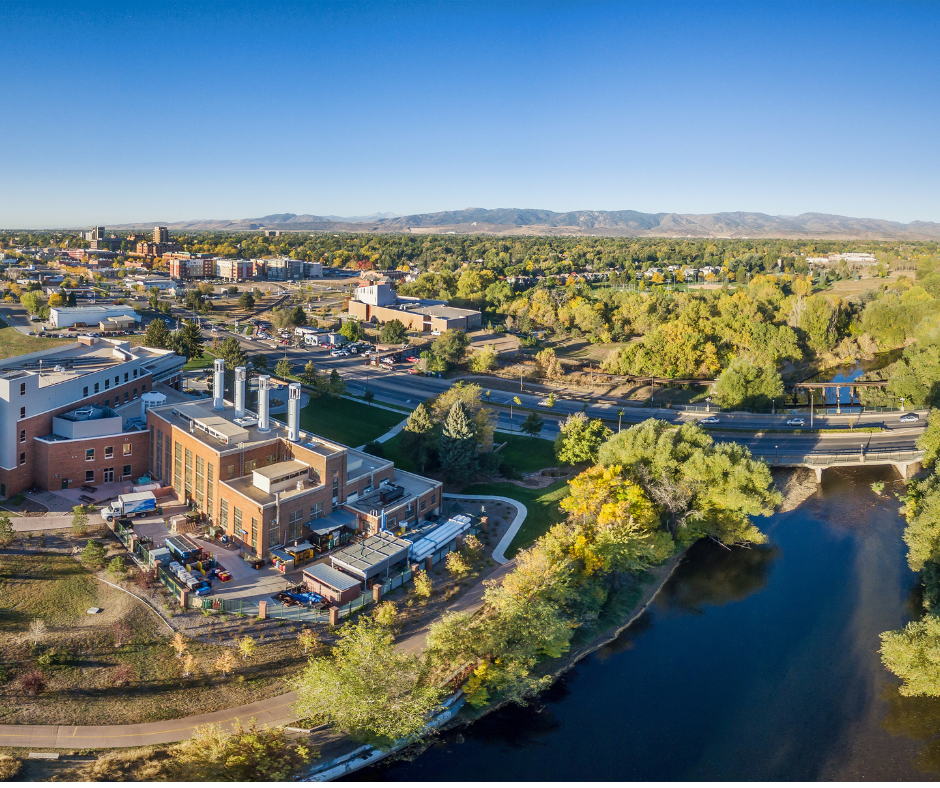Since 2020, Colorado Water Trust has made several efforts to advance our goals of being a more inclusive organization. First, we instituted a board level Racial Equity and Inclusion (REI) committee to help guide our efforts. It was our collective decision to focus specifically on race, rather than diversity as a whole, so we could be intentional with our organizational goals and actions. We have since conducted staff and board REI/DEI trainings, forged new relationships with other groups doing racial justice or inclusivity work in Colorado’s environmental community, and now, we are embarking on the challenging journey of looking internally to evaluate the impact of our projects on local communities.
Water Trust Board Member and Chair of our REI committee, Dr. Tom Romero, encouraged us to create an evaluation method or tool that would help us consider how our projects may impact racially diverse communities in Colorado. Through his connections at the University of Denver, we partnered with DU Law’s Community Economic Development Clinic (CEDC). Led by Professor Patience Crowder and two of her stellar DU Law students. Matt Nilsen and Amelia Stefan, the CEDC took on the project with admirable enthusiasm and professionalism. Most importantly, they embarked on a project that has rarely been attempted by a nonprofit like Colorado Water Trust. After nearly 300 hours of work and several meetings with Colorado Water Trust staff, the students completed an Equity Assessment that we can use to better understand the impacts of our projects. We are beyond impressed and excited to share their work with you.
What is the Equity Assessment for Colorado Water Trust?
Directly tied to our strategic plan to focus on projects that improve the health of both our rivers and our communities and to use social metrics to measure our success in community resiliency, the Equity Assessment will allow us to understand and engage more deeply and directly with diverse communities where our projects live now and into the future. The primary goal being how our projects can be win-win scenarios for all those humans who so deeply rely on and are connected to our rivers.
The Equity Assessment is divided into four interrelated parts:
- Section 1 – Demographics: Race and Hispanic & Latino Origin
- Section 2 – Demographics: Age, Sex, Income, Employment and Citizenship
- Section 3 – Human Environment
- Section 4 – Community Outreach & Project Partners
The first two sections gather demographic information to help us understand the diversity of the people where we are working such as their race, age, sex, income, employment, and citizenship statistics.
The third and fourth sections focus on the human environment or how people interact with their rivers, as well as community outreach and connecting with local advocacy groups. These sections focus on gathering feedback from the communities where we work—not just from the water community we might already know, but also from groups engaged in equity and inclusion efforts on the ground.
The Equity Assessment is not meant to change the way we do our work, but rather to increase the inclusivity of our projects and enhance the positive impact our projects can have for people and the environment. We will always be an action-oriented environmental organization that focuses on restoring water to rivers. But, we hope to grow through this process and to share our learnings and methods with others so that we can all implement environmental projects that are more accessible, equitable, and inclusive.
